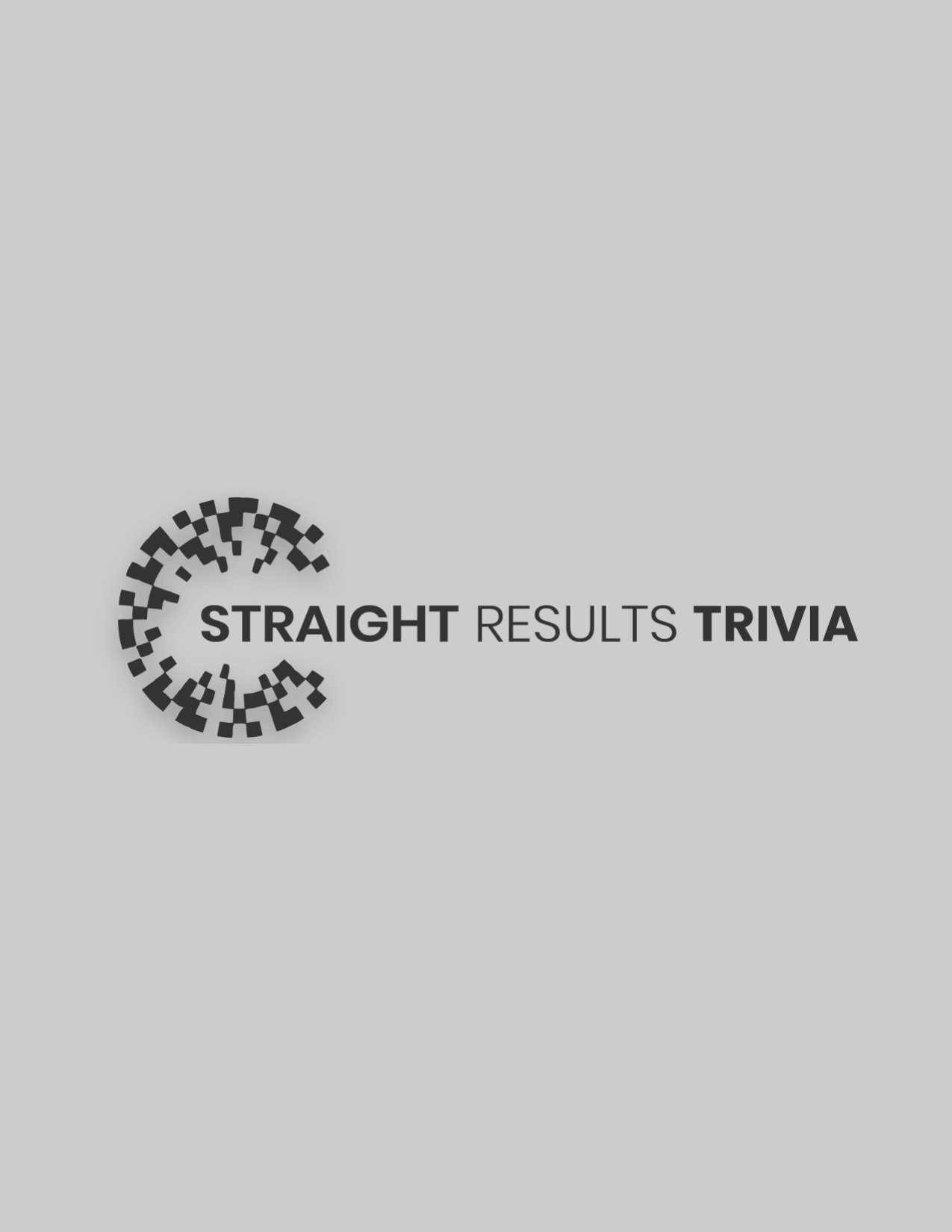In today’s world, business developments and technological advancements set a stage for greater customer experiences. Whether it’s through desktop computers, offline retail stores, mobile phones, or any other means of communication, the business world is constantly changing. But, do you know that user experience is just the tip of the iceberg? Well, there’re several other principles of building a unique experience around an organization. So, what’re those experiences, and how do they connect with total experience (TX)?
Today, it’s important to consider not only user experience but also other stakeholders of the business, including employees. That’s the entire concept of TX. It allows a business to be as friendly, superior, and competitive as possible while interconnecting all different experiences associated with it.
What is Total Experience (TX)?
TX stands for the total experience, and it’s a strategic technique designed to build business insights. It’s a higher level of experience that a business considers improving its operations, products, and services. In other words, businesses utilize total experience techniques to create a shared experience by interlinking and strategically connecting user experience, employee experience, customer experience, and multi-experience. It’s an idea that lays the foundation of a transformational business yield with the help of multiple constituents (shared and interlinked experiences).
The 4 Principles of TX
Total Experience or TX is a strategic idea that refers to multiple experiences at once. It has four major principles or disciplines. They are as follows:
1. User Experience
It’s the experience that a user gets when they deal with your brand, services, or products. User Experience is also referred to as UX.
2. Employee Experience
Understanding employee experience is relatively easy as it refers to the experience that employees have when delivering products or services.
3. Customer Experience
CX or Customer Experience refers to all the experiences that a customer has over their purchasing journey for products and services from a brand.
4. Multi Experience
Multi Experience, aka MX, refers to all other intermediary experiences except user experience, customer experience, and employee experience.
What’s the Role of TX?
To give modern businesses a competitive advantage, professionals now interlink all experiences. Moreover, most organizations have stopped viewing user experience and customer experience separately. Today, all experiences are viewed in an interlinked manner to raise the advantage for an organization, its brand, and its products/services.
When hybrid workplaces started to rise, the business focus shifted towards Total Experience as well. A business cannot thrive on building a satisfying customer journey to result in a greater customer experience alone. There are multiple experiences to look after and improve.
It helps in making sure that businesses can capitalize on all given opportunities. TX helps in connecting customers with employees, including all other experiences, to provide beneficial interactions.
Conclusion
All good companies design a connected customer experience starting from the initial contact/interaction to the whole purchasing journey. Since TX involves multiple experiences, a company must also address employee experience from interviewing and hiring to training and employment. When implementing TX across your organization, you have to consider a lot of factors for success-oriented results.















